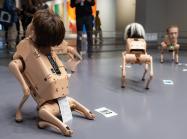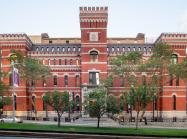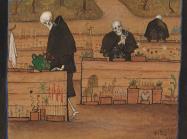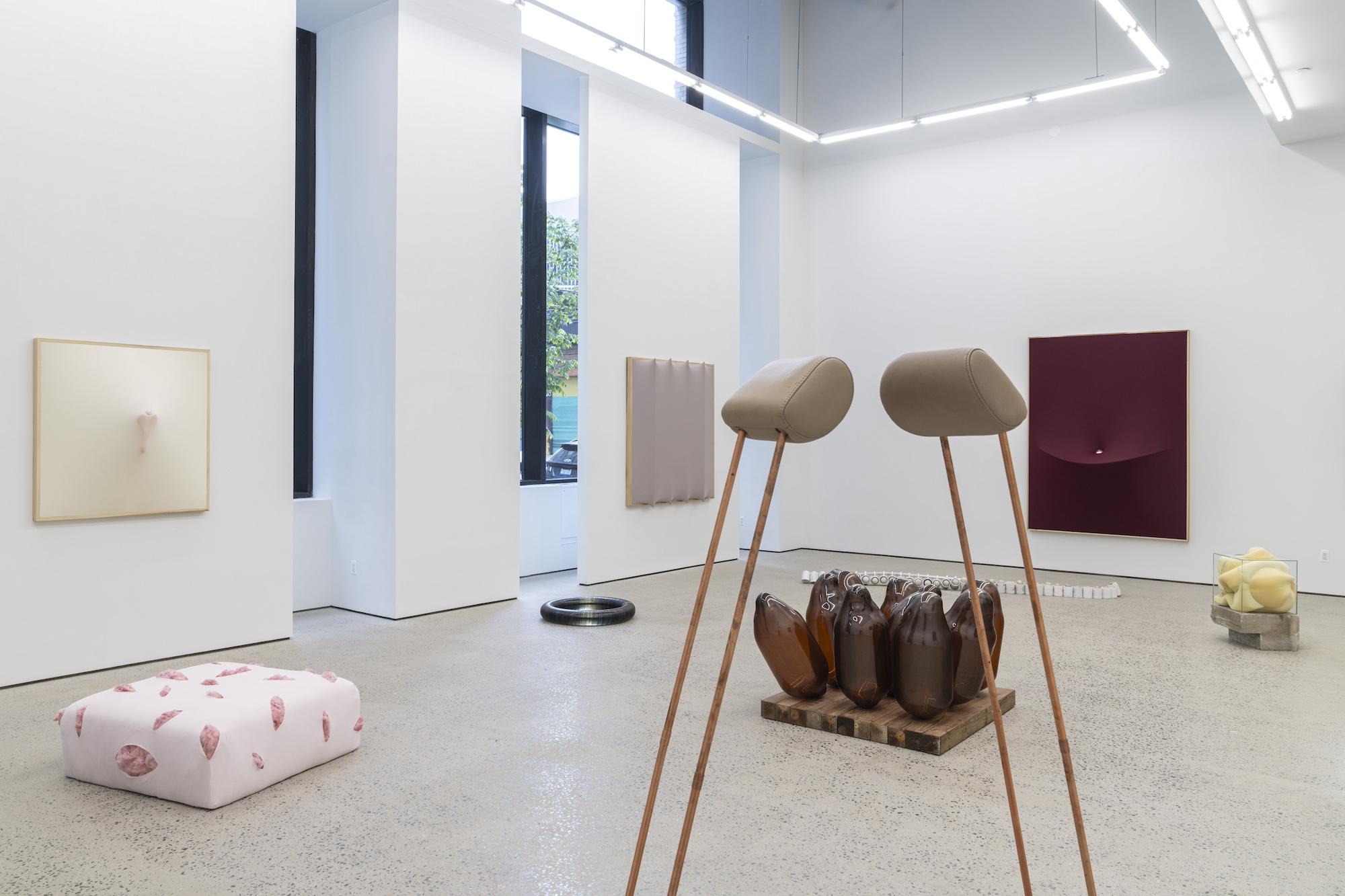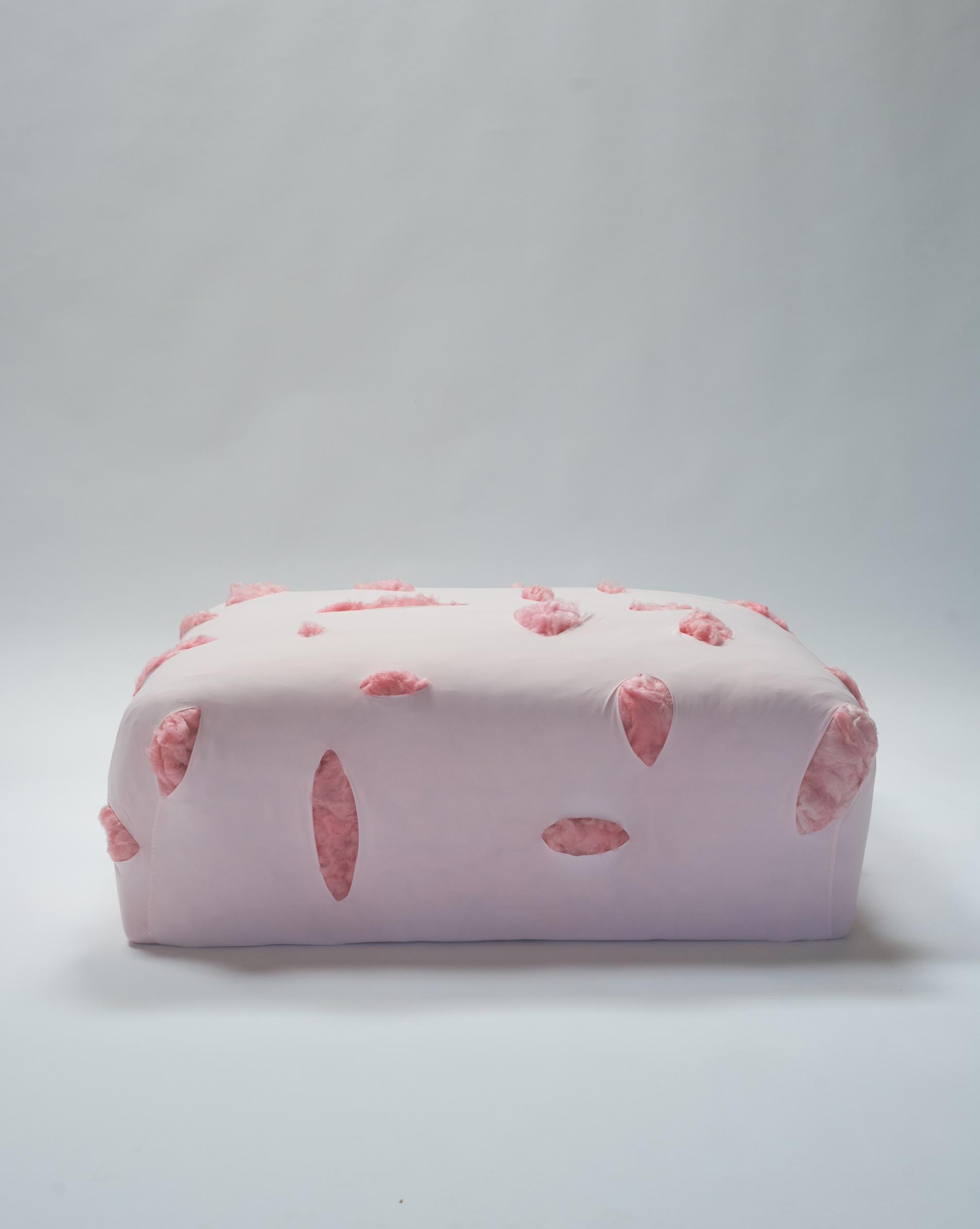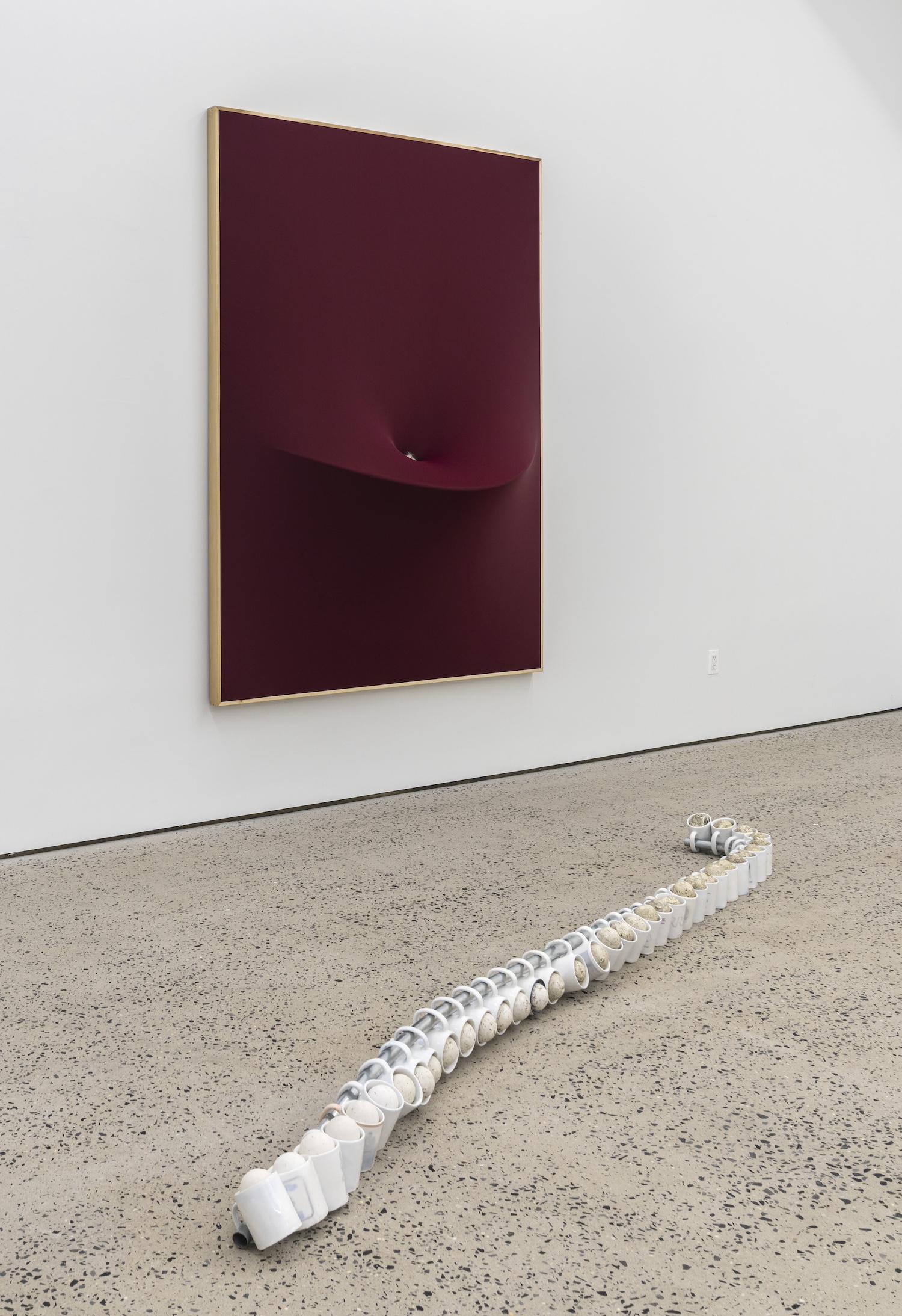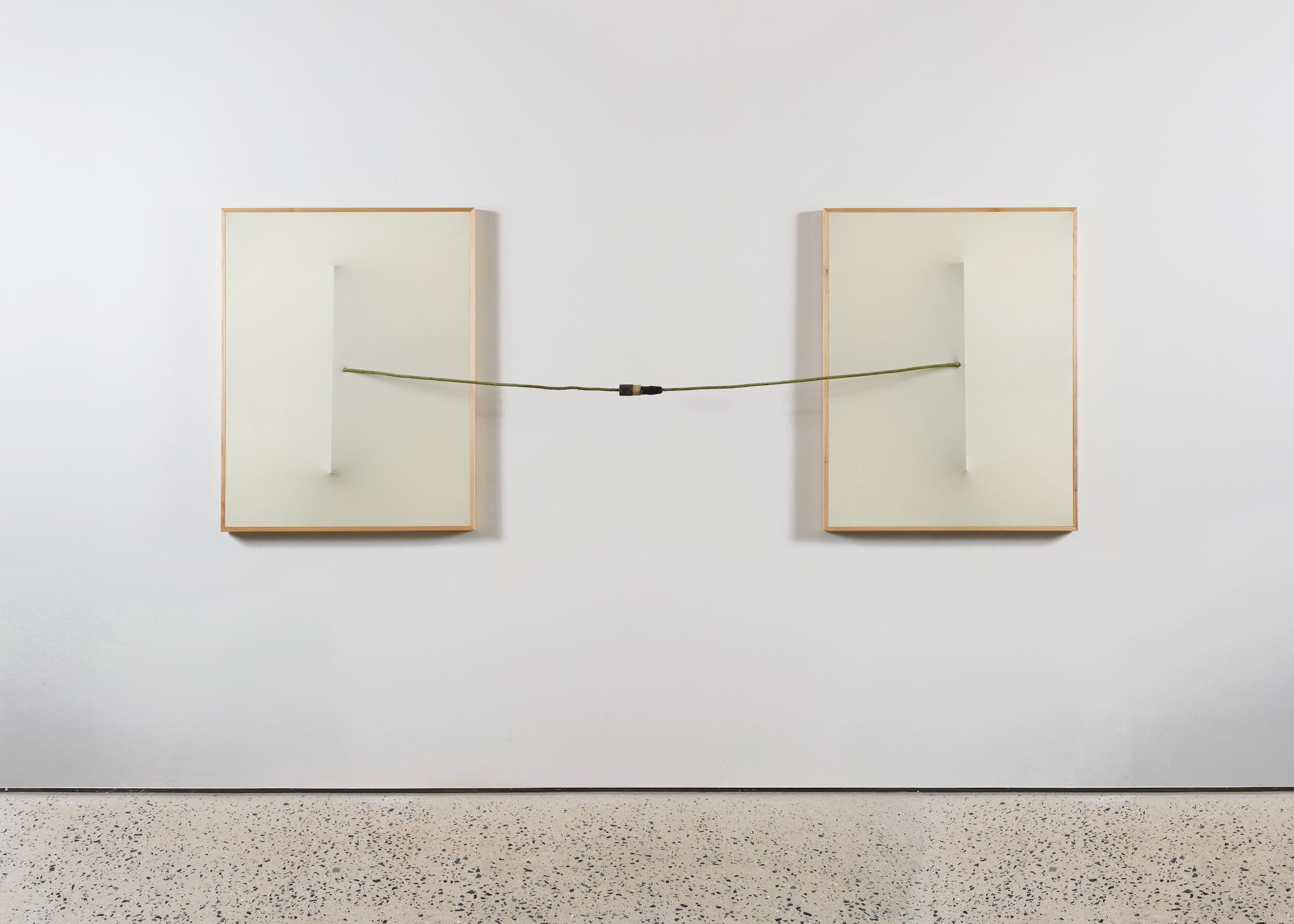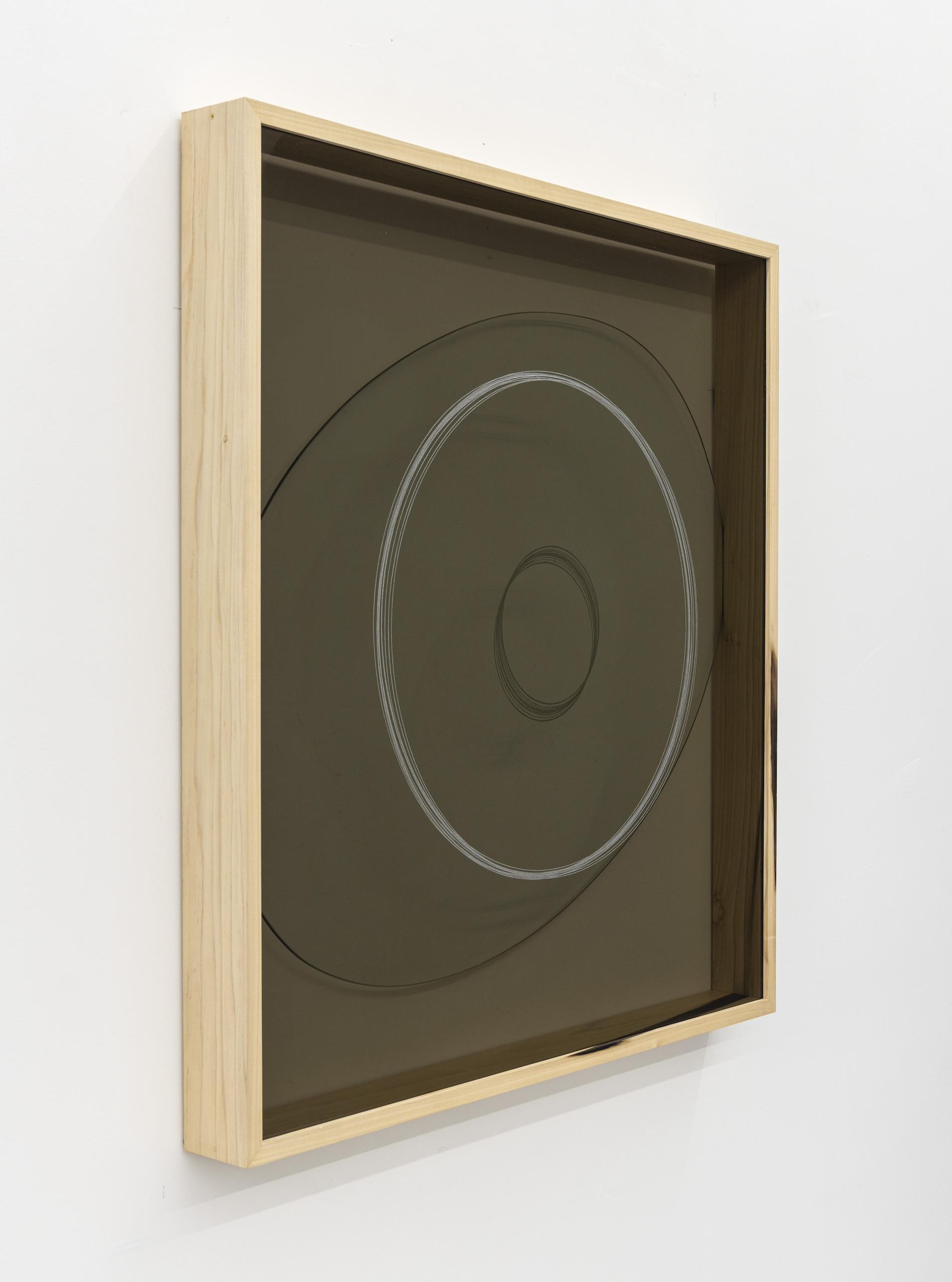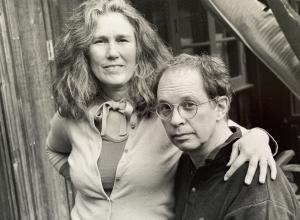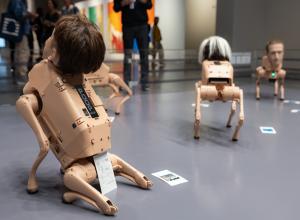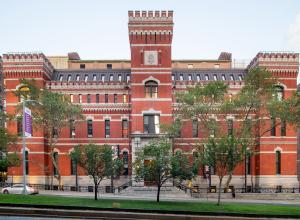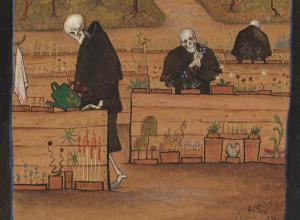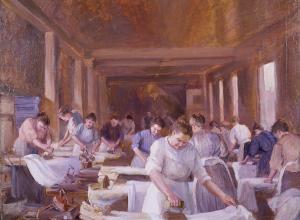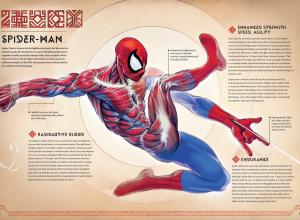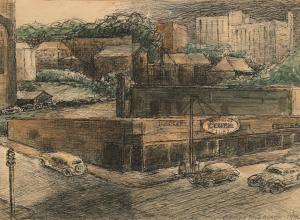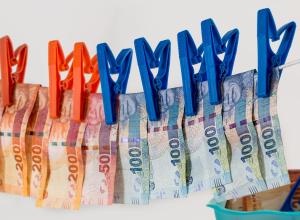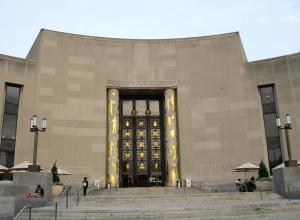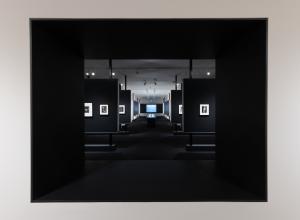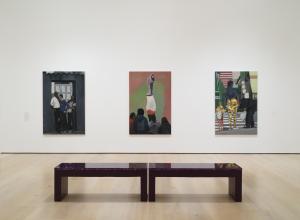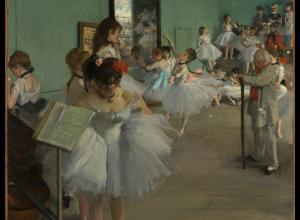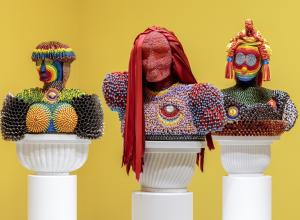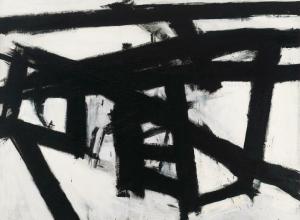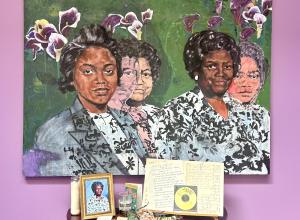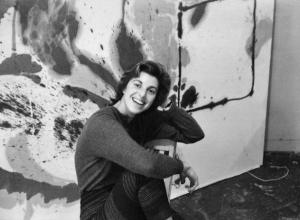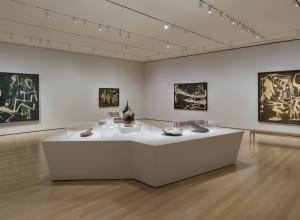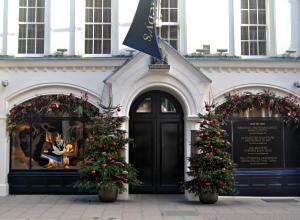Combining discarded housewares and industrial waste such as coffee mugs, CDs, steel pipes, and spandex in unusual and unlikely ways, Celeste investigates the connections between humans and the environment. She draws visual parallels between vertebrae and coffee cups, sea shells and spandex, creating compelling new realities that seem strangely new and familiar. This intriguing artist has worked and exhibited nationally and internationally—from Abu Dhabi, Lisbon, and Milan, to Chicago and New York City. Art & Object talked with the artist about her art and process.
Megan D Robinson: What drew you to work with found objects?
Kiah Celeste: The first iteration . . . came out of necessity. I was asked to participate in a last minute pop-up exhibition while I was working as an art handler in Abu Dhabi back in 2019. At the time, I was studio-less, moneyless, and had no materials– but said yes anyway. I did the only thing that made sense to me and walked around aimlessly looking for some quality trash. I found the unknowns in going about material gathering in this way exhilarating, challenging, and so much more rewarding than buying new, environmentally unsustainable, lacking in any history or character of said object, not to mention– free.
Since then I’ve continued that process with an established system. Practicing environmentally conscious ways of living is a priority to me in all aspects of my life, and my art making is no exception. In fact, if there’s any time and place to practice sustainability, it’s within the thing you care most dearly about. To bring corruption, destruction, and over-consumption into it is an insult and contradiction to what you’re creating.

